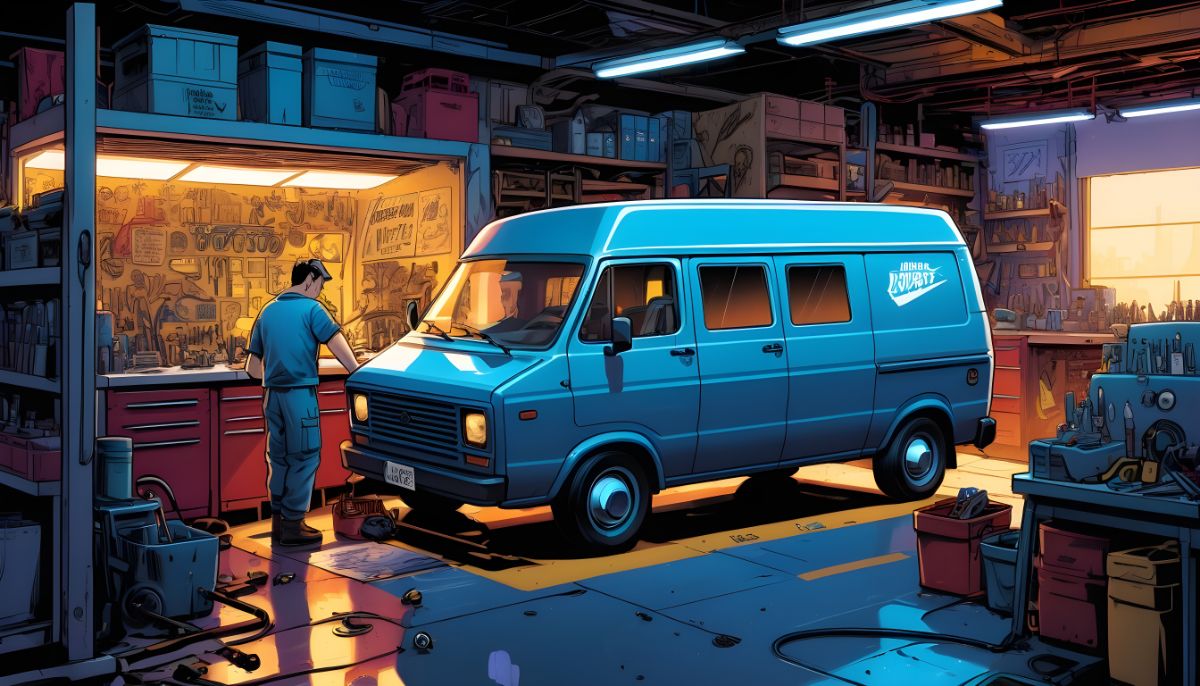
As urban areas continue to grow and face increasing congestion and limited parking space challenges, innovative solutions are emerging to improve urban accessibility. Among these solutions, car stackers have gained significant attention for their potential to maximize parking efficiency and optimize urban parking infrastructure. This article will explore how car stackers are revolutionizing urban accessibility by addressing parking challenges and creating new opportunities for efficient and convenient parking.
The Need for Innovative Parking Solutions in Urban Areas
Urban areas are characterized by limited land availability and high population densities, leading to a scarcity of parking spaces. This scarcity results in congested streets, frustrated drivers, and reduced accessibility for businesses and residents. Innovative parking solutions like car stackers have emerged as a response to these challenges. By utilizing vertical space and optimizing parking capacity, car stackers offer a solution to maximize the efficiency of urban parking systems.
Maximising Parking Capacity with Car Stackers
One of the key impacts of car stackers is their ability to maximize parking capacity. Traditional parking lots often occupy large land areas, resulting in underutilization. These automated parking systems address this issue by stacking vehicles vertically, allowing multiple cars to be parked in the same space that typically accommodates only one vehicle. This vertical approach effectively increases the number of parking spots available, helping to alleviate the parking crunch in urban areas. By maximizing parking capacity, these automated parking systems contribute to improved urban accessibility for both businesses and residents.
Streamlining the Parking Process
In addition to maximizing capacity, car stackers streamline the parking process, enhancing urban accessibility. Traditional parking often involves drivers circling streets or lots searching for available spaces, leading to congestion and wasted time. These automated parking systems provide a more efficient alternative by automating the parking process. Drivers can simply drive their vehicles into designated parking bays; the car stacker system covers the rest. It lifts and positions the vehicle in the optimal parking spot, eliminating the need for drivers to navigate crowded parking lots. This streamlined process reduces traffic congestion and improves the overall accessibility of urban areas.
Enhancing Safety and Security
Car stackers also positively impact safety and security in urban parking. Due to their open and uncontrolled nature, traditional parking lots are susceptible to accidents, theft, and vandalism. These provide a controlled and secure environment for vehicles. Access to the parking area is typically restricted, and advanced surveillance systems ensure the safety of parked vehicles. Additionally, the compact stacking of vehicles reduces the risk of accidental damage caused by human error or reckless driving. Their enhanced safety and security create a more secure and accessible urban environment.
Environmental Sustainability
Innovative parking solutions like car stackers also play a role in promoting environmental sustainability. The optimization of parking capacity through vertical stacking helps reduce the need for sprawling parking lots, minimizing the environmental impact associated with land use and construction. Additionally, they can be integrated with electric vehicle (EV) charging infrastructure, supporting the adoption of cleaner transportation options. By facilitating the transition to electric vehicles and reducing the carbon footprint of parking facilities, they contribute to a more sustainable urban ecosystem.
Adapting to Urban Infrastructure
As car stackers are integrated into urban infrastructure, it is important to consider different environments’ specific needs and characteristics. The design and implementation of these systems should be adaptable to accommodate varying urban landscapes, architectural styles, and zoning regulations. This flexibility ensures that they can seamlessly integrate into existing structures or be incorporated into new developments, enhancing their effectiveness in improving urban accessibility.
Optimising User Experience
To maximize the impact on urban accessibility, it is crucial to prioritize the user experience. User-centric design principles should be applied to ensure that the parking process is intuitive, convenient, and efficient for drivers. User-friendly interfaces, clear signage, and easy-to-follow instructions can provide a seamless parking experience. Additionally, integrating user-centric features such as automated payment systems, real-time parking availability updates, and mobile app integration can enhance convenience and satisfaction for drivers using car stackers.
Conclusion
Innovative parking solutions like car stackers have the potential to transform urban accessibility by addressing parking challenges and optimizing parking infrastructure. With their ability to maximize parking capacity, streamline the parking process, enhance safety and security, promote environmental sustainability, and overcome challenges through proper planning and public awareness, car stackers are improving urban accessibility in significant ways. By embracing innovative parking solutions, cities can create more accessible, efficient, and sustainable urban environments for residents, businesses, and visitors. These systems pave the way for a future where urban accessibility is enhanced, congestion is reduced, and parking is no longer a barrier to urban mobility.




